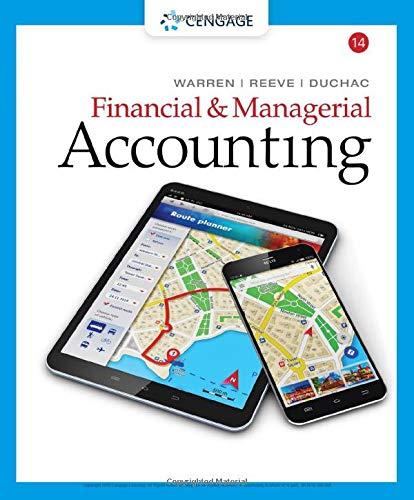Answered step by step
Verified Expert Solution
Question
1 Approved Answer
1 . Analyze your findings given the question you were asked ( which method should be used ) : some questions you may want to

Analyze your findings given the question you were asked which method should be used: some questions you may want to answer: is receivable aging the right choice for the company given the historical data? Should all the years be included in the analysis? Should you use mean median to calculate the percentages? Are there any extreme observations that should not be included in the analysis? Do the number of customers matter in a given year? Does the dollar amount of receivables vary significantly and what should you conclude given these differences?
Based on your recommendation, calculate the amount of bad debt expense you should report for Assume beginning balance of Allowance for Uncollectible Accounts is zero in Provide the analysis of the credit sales or outstanding receivables in each aging category for that led you to this number in the table above
Your recommendations and the reasoning behind them should you use percent of credit sales or aging of receivables? Some questions you may want to consider are: is the aging method the right choice for the company given the historical data? Should all the years be included in the analysis? Should you use mean or median to calculate the percentages? Are there any extreme observations that should not be included in the analysis? Do the number of customers matter in a given year? Does the balance of total receivables vary significantly and what you conclude given these differences?
Anything else you would like to share with your CFO can you think of different data you might be able to use to get a better sense of the writeoffstableYeartableTotal OutstandingReceivablestablePercent of sales onaccount written offPercent of outstanding receivables written off by receivale age groupover table$table$table$table$table$predictedtable$
Analyze your findings given the question you were asked which method should be used: some questions you may want to answer: is receivable aging the right choice for the company given the historical data? Should all the years be included in the analysis? Should you use mean median to calculate the percentages? Are there any extreme observations that should not be included in the analysis? Do the number of customers matter in a given year? Does the dollar amount of receivables vary significantly and what should you conclude given these differences?
Based on your recommendation, calculate the amount of bad debt expense you should report for Assume beginning balance of Allowance for Uncollectible Accounts is zero in Provide the analysis of the credit sales or outstanding receivables in each aging category for that led you to this number in the table above
Your recommendations and the reasoning behind them should you use percent of credit sales or aging of receivables? Some questions you may want to consider are: is the aging method the right choice for the company given the historical data? Should all the years be included in the analysis? Should you use mean or median to calculate the percentages? Are there any extreme observations that should not be included in the analysis? Do the number of customers matter in a given year? Does the balance of total receivables vary significantly and what you conclude given these differences?
Anything else you would like to share with your CFO can you think of different data you might be able to use to get a better sense of the writeoffs

Step by Step Solution
There are 3 Steps involved in it
Step: 1

Get Instant Access to Expert-Tailored Solutions
See step-by-step solutions with expert insights and AI powered tools for academic success
Step: 2

Step: 3

Ace Your Homework with AI
Get the answers you need in no time with our AI-driven, step-by-step assistance
Get Started


